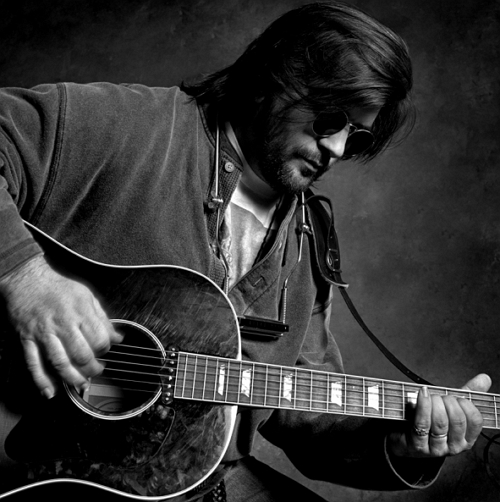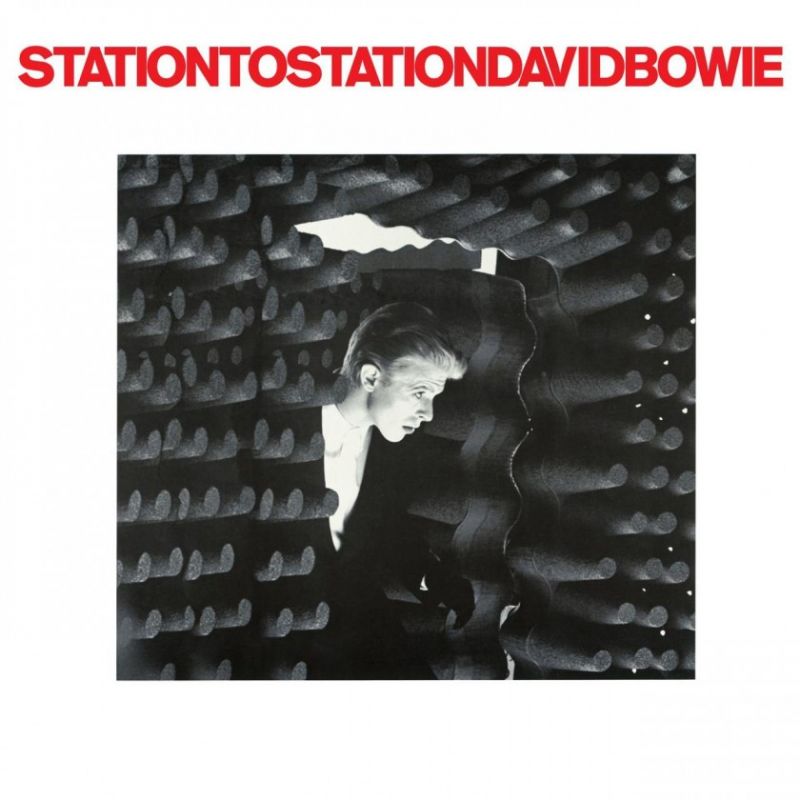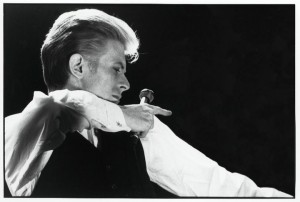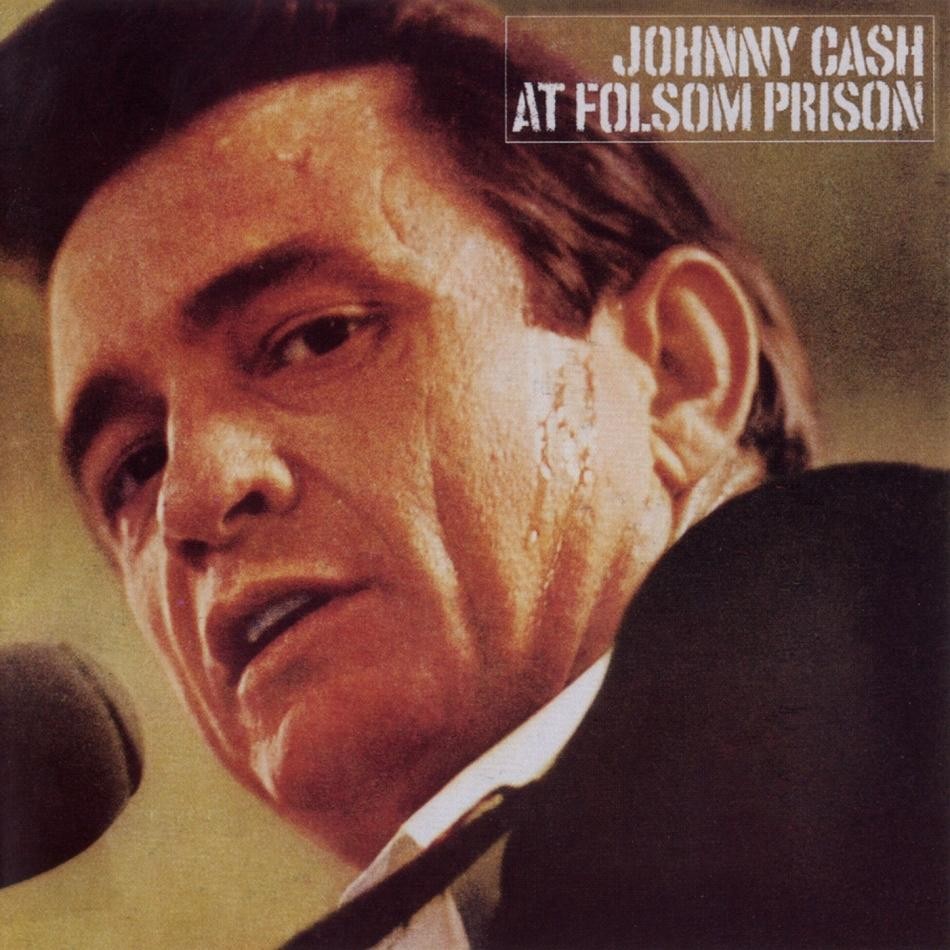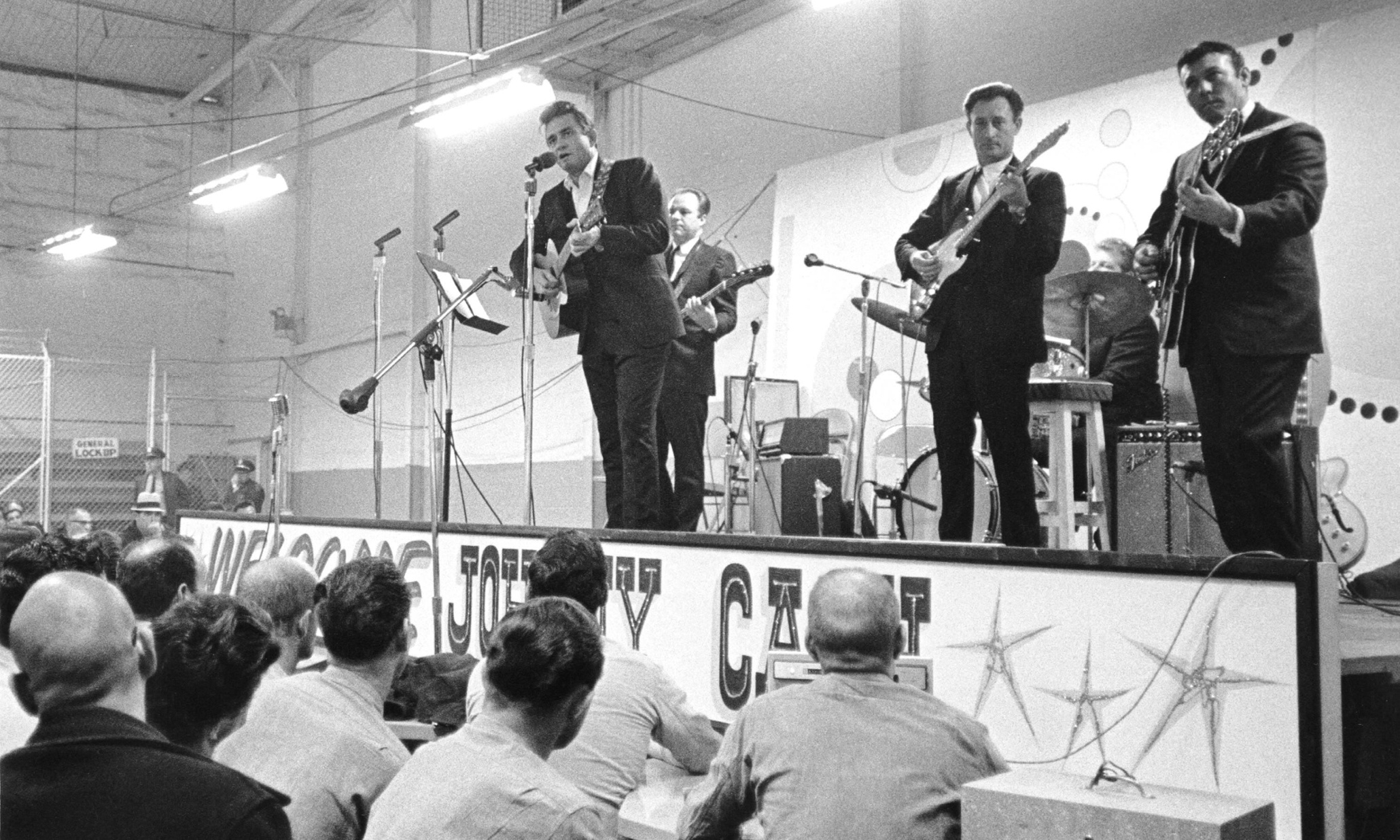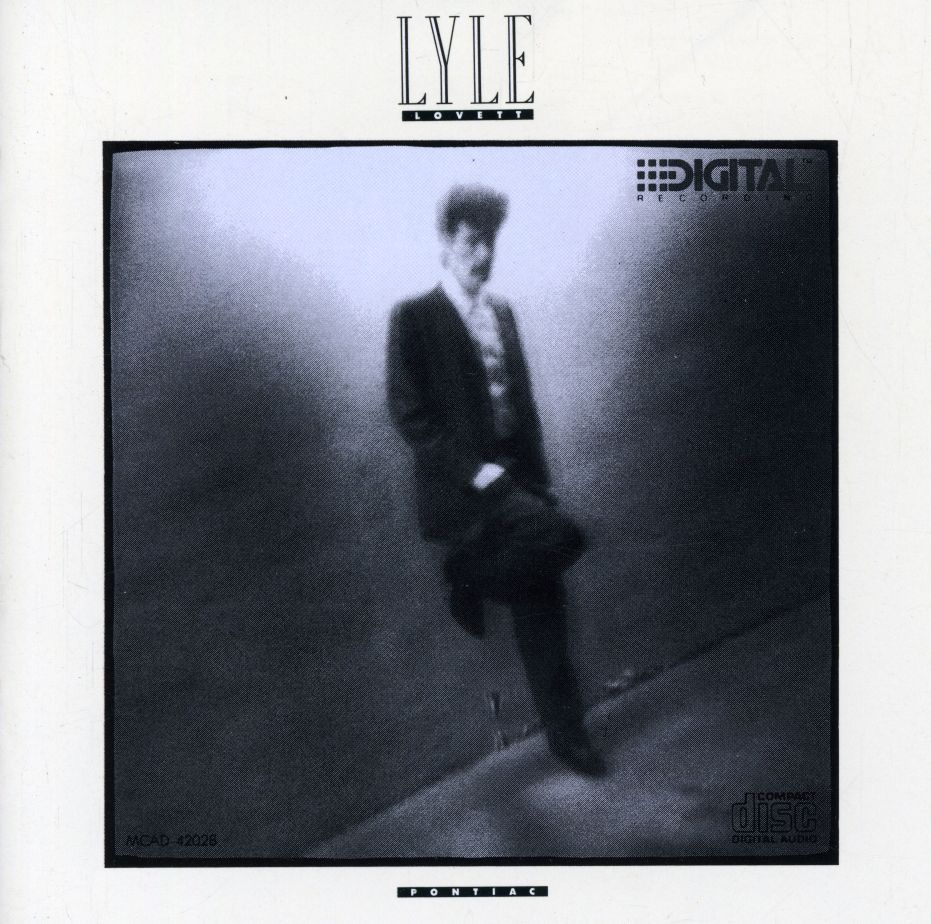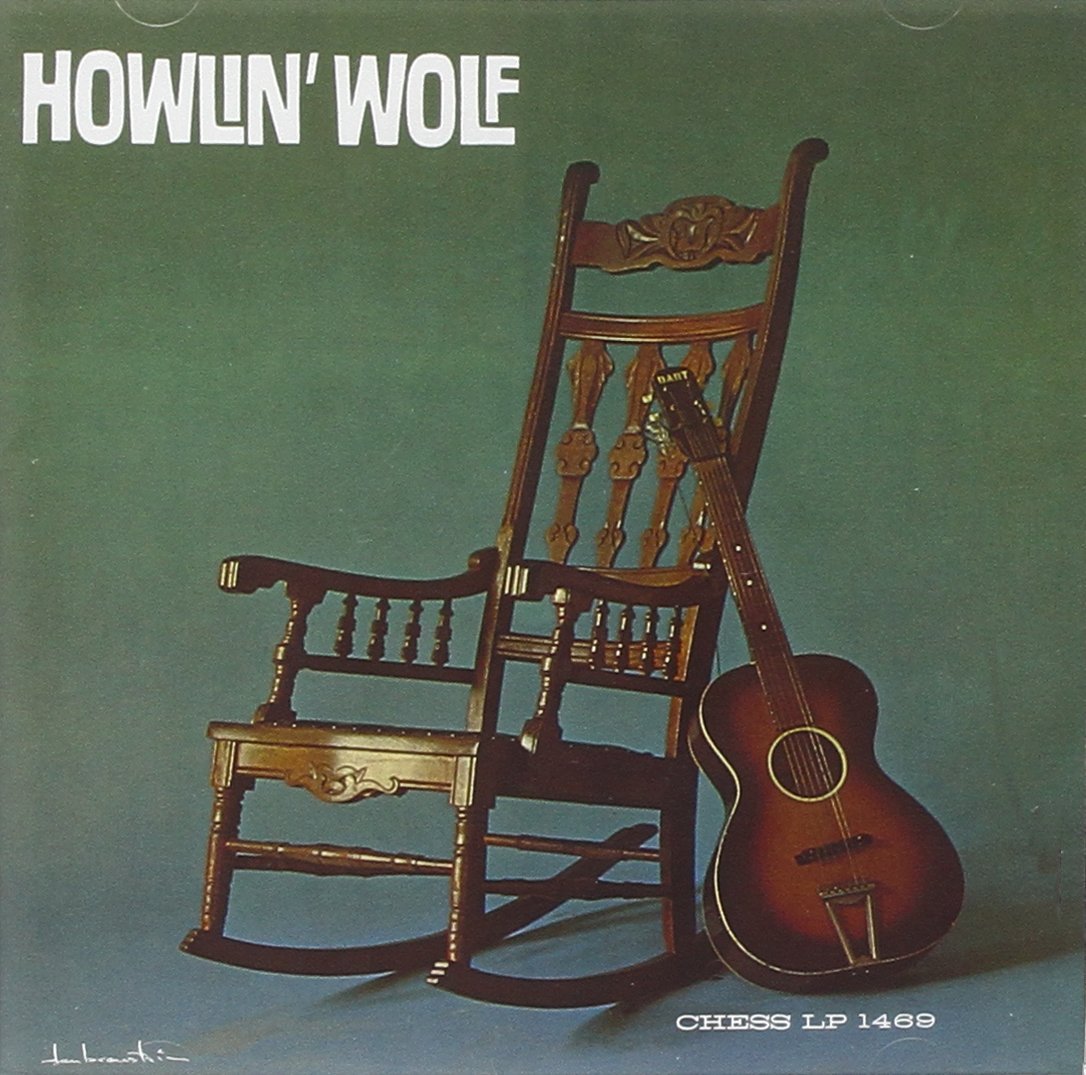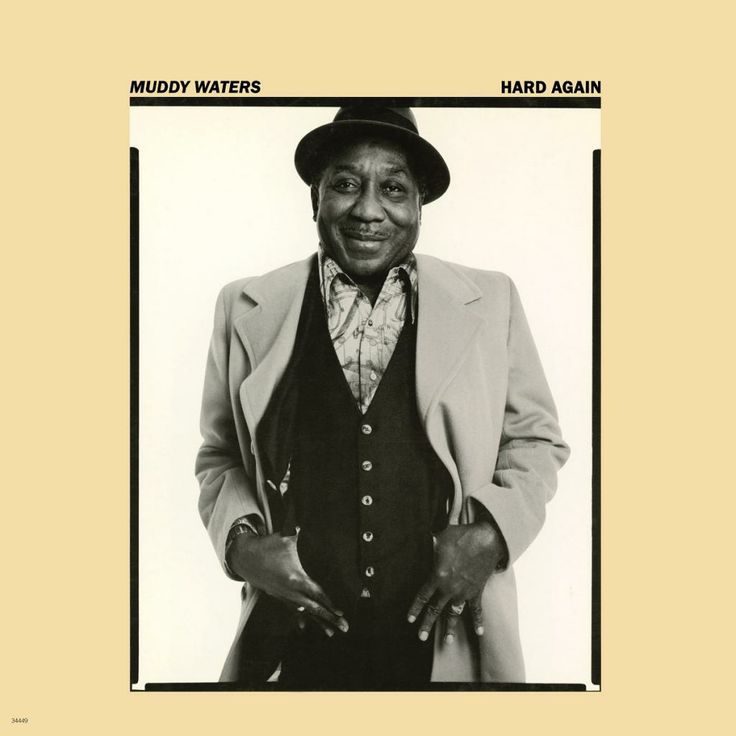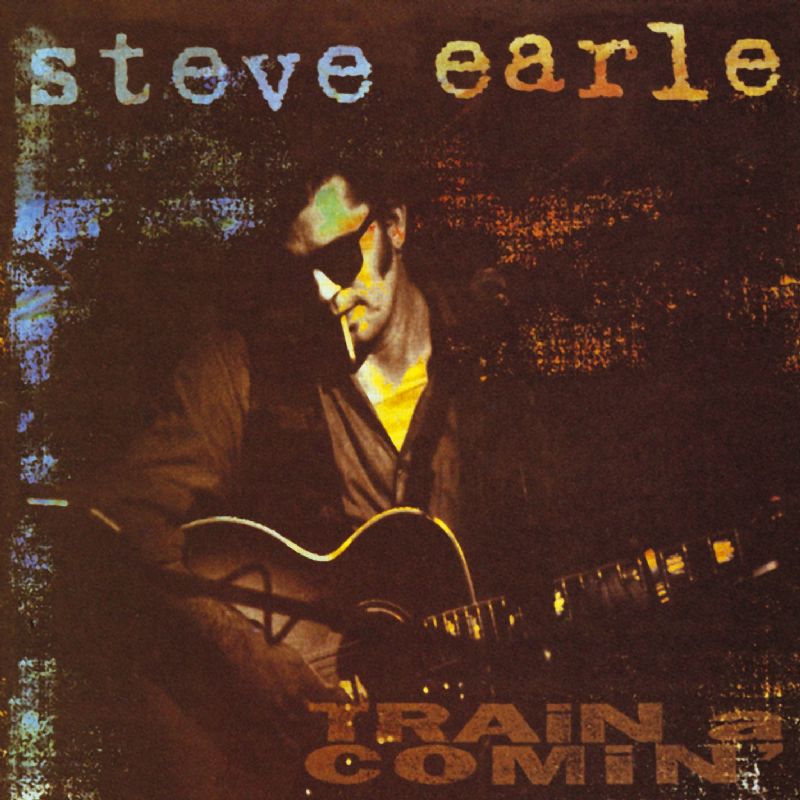
“This ain’t no part of no unplugged nothin — God, I hate MTV”
~Steve Earle (Liner notes)I got to thinking,…if I don’t make this record now, I won’t get the chance to make it. .. I’m singing the best I’ve sung in years. Mainly [because of] no dope. Heroin relaxes your vocal cords, it lowers the top of your range a little bit, and then when you try to sing over it…
~Steve Earle (to SPIN in 1995)I wish I’d never come back home
It don’t feel right since I’ve been grown
I can’t find any of my old friends hangin’ ’round
Won’t nothin’ bring you down like your hometown
Wikipedia:
| Released | February 28, 1995 |
|---|---|
| Genre | Folk, country, country rock, bluegrass |
| Length | 40:21 |
| Label | Warner Bros. |
Train a Comin’ is an acoustic studio album by Steve Earle. The album, Earle’s first in five years, was released in 1995. In addition to Earle, it features Peter Rowan, Norman Blake, Roy Huskey, and Emmylou Harris. The album was nominated for a Grammy for Best Contemporary Folk Album.
If you see her out tonight
And she tells you it’s just the lights
That bring her here and not her loneliness
That’s what she says but sometimes she forgets
Sometimes She Forgets:
Continue reading “February 28: Steve Earle released Train a comin in 1995”
